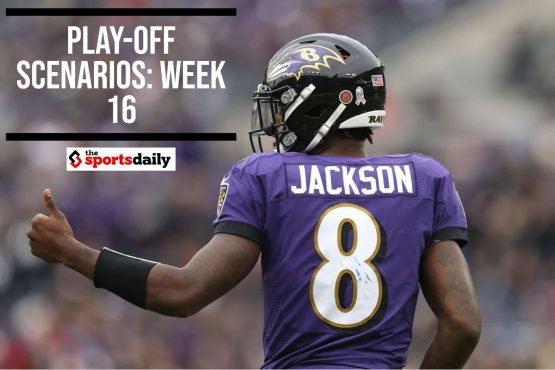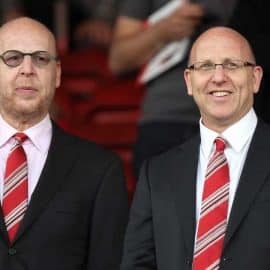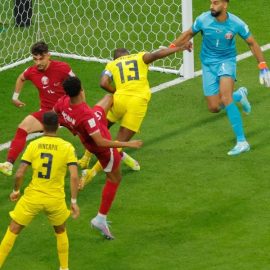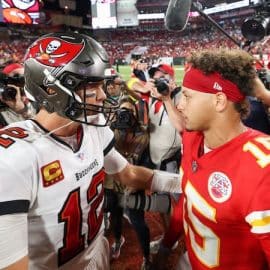Ideal lighting every time you take a picture is one of the greatest wishes of all photographers. Imagine not having to worry about lights and artificial photographic equipment at the time of clicking the camera? However, this almost never happens and the lighting is usually lower than necessary.
Amateur photographers, in these situations, use the flash to compensate for the lack of ambient light. In some cases, the flash does not harm the image and may even produce interesting results, but most of the time, the opposite is true, and flashes are not recommended. In addition, there is the case of prohibiting the use of flash, as in theaters and museums – which have very low illumination. So, how to solve this problem? You need to know low key lighting tips.
The photographer has at hand some features that can be used to replace the lack of light and flash. They will depend on the amount of light in place. Some examples are ISO, use of the tripod and specific types of lenses.
When is not flash recommended?
Disregarding cases where camera flash is prohibited, there are some situations in which using the flash may make the image too dark, or even prevent the photographer from achieving the desired goal with a certain photograph. An example is night photography with fog: without flash, the mystery aspect is easily reached, already with the flash, that air is lost.
For photos with multiple objects and elements, the flash may flatten the elements in the foreground and hide those in the background. Another type of photo that does not match with flash is the landscape photo. This feature only works when the main element to be registered is in the foreground and everything else does not matter so much in the image, since the flash and lens flare illuminate everything that is ahead and darken everything that is in the background.
How to make good photos in low light?
One risk that the photographer runs when not using the flash is to shake the camera and, consequently, the photograph, since the exposure time is greater when there is no light.
The minimum shutter speed for an image to be sharp is about 1/30 of a second. To get around this, there are some alternatives. Get to know three of them:
Camera support
For shooting in low light and without flash, it is essential that the photographer use a stand to hold the camera. The professional equipment is the tripod and the monopod, but you can use something more improvised, any flat and firm surface. If the photographer does not have any of these options, the way is to hold the camera in a steady way, preventing it from shaking.
ISO
ISO is a tool of professional cameras that sets the sensitivity of the equipment sensor to external light. In darker environments, it is best to use a higher ISO because this can shorten the camera’s shooting time, since the higher the ISO value, the more light the sensor captures. Photographers, however, do not always use this feature because the more the sense becomes sensitive to light, the more loss of image quality occurs. The darker areas of the image may appear grainy.
Prefer lenses with the highest aperture diaphragm
The more open the diaphragm of the equipment is, the more light it passes through and the less time. Thus, the firing speed may be higher. Normal lenses, built into the cameras, do not allow for a large aperture, so it is sometimes necessary to buy specific lenses. The diaphragm adjustment is measured in “F” numbers: the smaller the number, the greater the maximum aperture.
In compact cameras there is no possibility of changing lenses, but in some models, it is still possible to adjust the aperture of the diaphragm. In low light situations, use this manual setting.
Add The Sports Daily to your Google News Feed!






